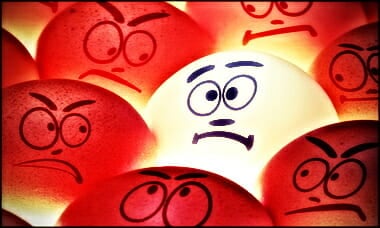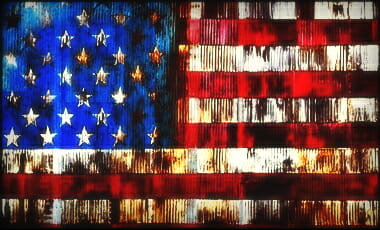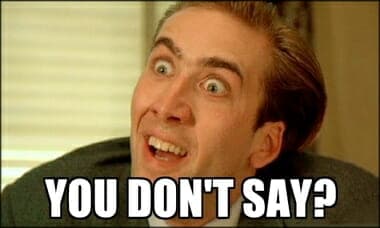I just want to reproduce this short exchange from NEWSBUSTERS where Katy Tur says white people are essentially racist, even if we don’t know it, HOWEVER I want to respond to in kind to crazy Dyson with an adaptation of his comments:
MSNBC Live host Katy Tur could have used Thursday’s show to try to see if there was a way that the current protests across the country in the aftermath of the death of George Floyd could bring the country together. Instead, however, she teamed up with Georgetown Professor Michael Eric Dyson to wonder if white Americans are unwittingly racist by being scared of black Americans, simply by looking at them.
[….]
Tur then asked Dyson to put the “extreme case[s]” aside and deal with the ordinary white person.
TUR: Let me ask you this. Let’s leave aside the extreme case, what we saw with George Floyd, and let’s look toward the middle. How do you change, how do you improve the internal biases that so many white people have, that maybe they don’t intend to have, maybe they don’t think they are racist, but there is an internal bias that might be there that causes them to look at a black person and they might be scared or look at a black person and think in some way they might not be like them or they might not be nice to them, something, that internal bias that haunts so many white Americans.
Dyson said “Great question,” and started off innocent enough, saying that even if you’re not an overt racist, you can still have problems, such as the “Karen” in Central Park, but that just shows that, “we’ve got to ask white people to be just as aggressive about reading about race, about social injustice and about inequality as they are about Star Wars and horror movies,” which got a hearty laugh out of Tur’s fellow host Chuck Todd.
He concluded his thought by returning to Tur’s previous point about white Americans being scared of black Americans,”…
This is how I would reword it
“We have got to ask black people to be just as aggressive about reading works by Thomas Sowell, Shelby Steele, Walter Williams Heather Mac Donald — while listening to and reading Larry Elder’s works as they are familiar with hip-hop/rap lyrics and NBA team stats”
In another conversation someone wrote this in another post, I will include my response:
- It’s shown how in denial white conservative evangelicals are about systemic racism, and to what lengths they’ll go to pretend there actually isn’t a problem.
I SIMPLY NOTED:
BTW 》》》
- Larry Elder, Walter Williams, Thomas Sowell, Shelby Steele, John McWhorter, Coleman Hughes, Jason Riley, Carol Swain, Armond White, Star Parker, Michelle Bernard, Charles Payne, Lester Holt, Gianno Caldwell, Tara Setmayer, Allen West, Mason Weaver, Deneen Barelli, Ward Connerly, Angela McGlowen, Jesse Lee Petersen, Dinesh D’Souza, Alfonzo Rachel, Kevin Jackson, Candace Owens, and Amy Holmes…. etcetera, etcetera….
….are not white Evangelicals.


